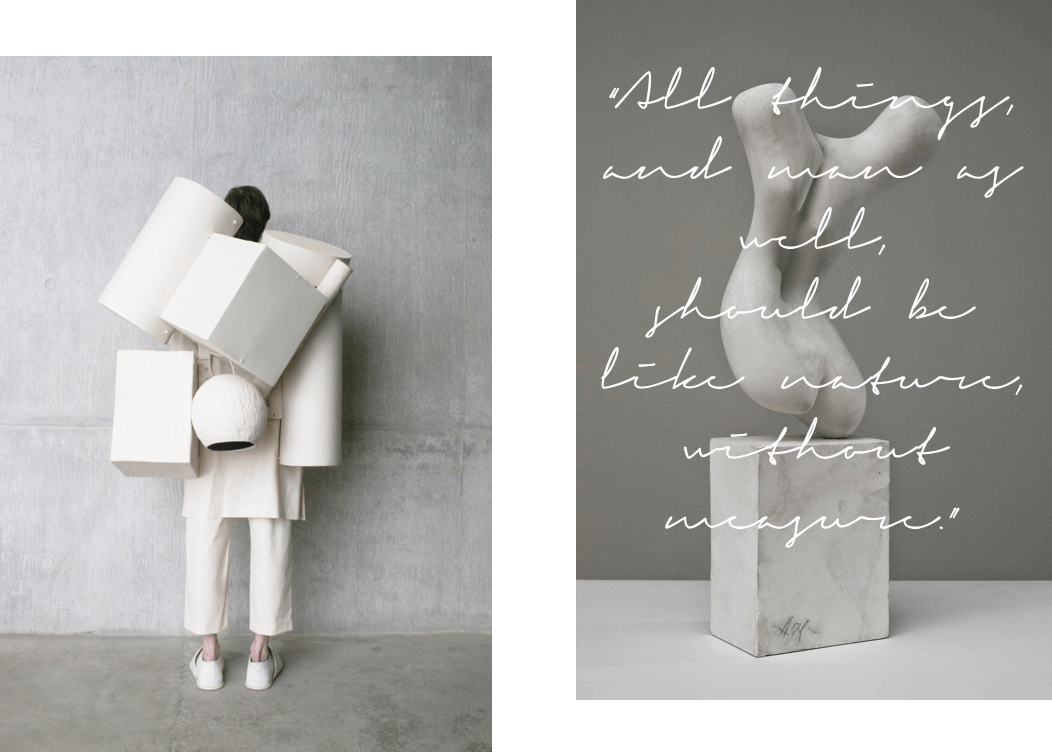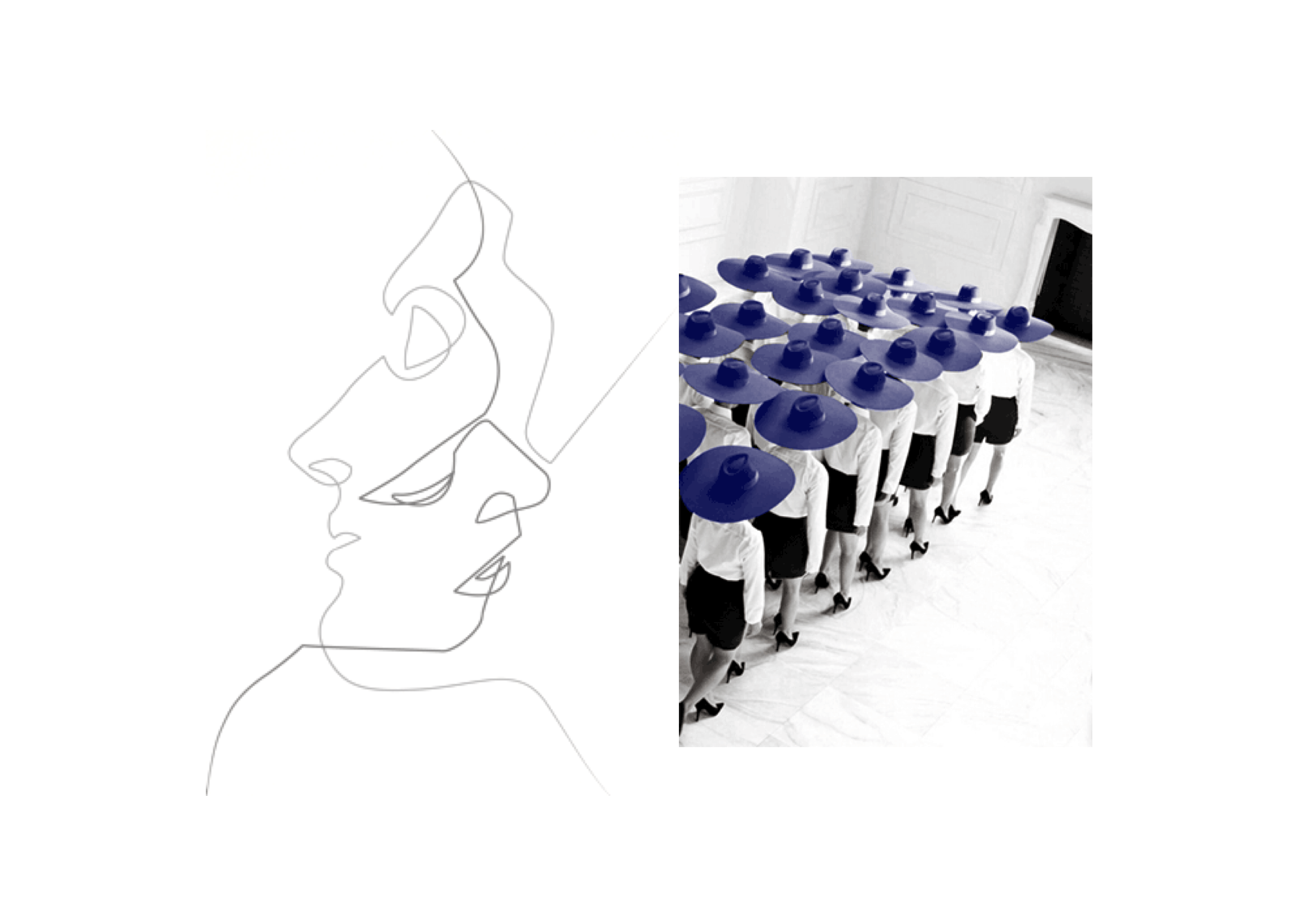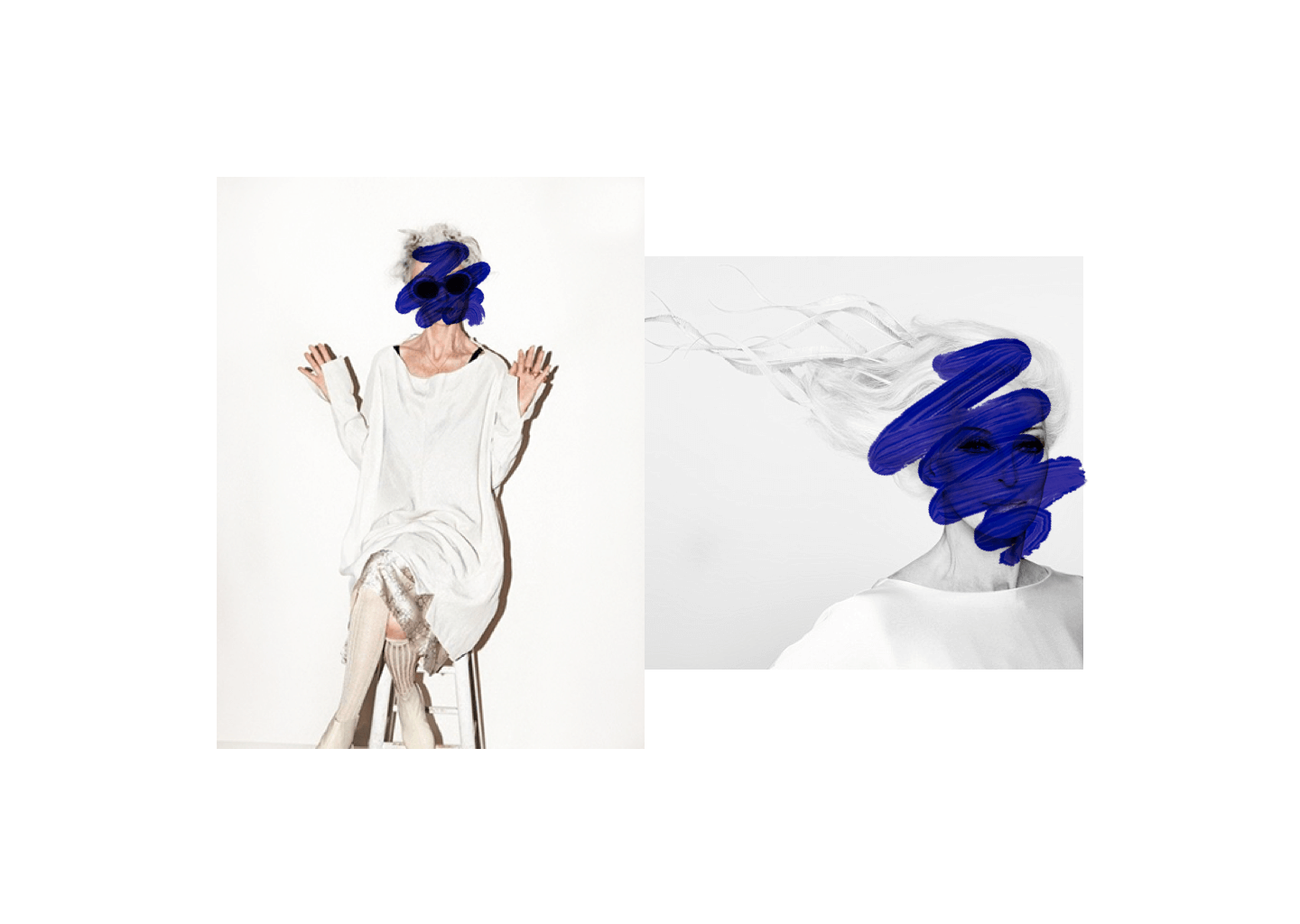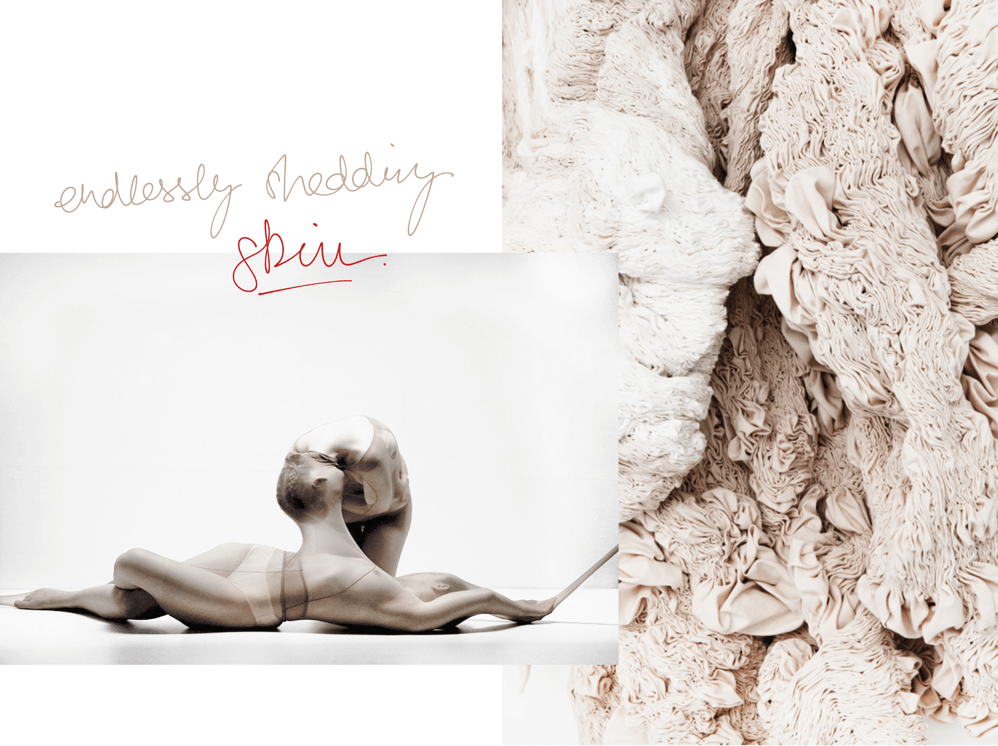

Perpetual Pursuit Of The New.
I was born with my father’s feather-like hair. In an attempt to strengthen its structure, my mother regularly took me to the local hair academy, where young apprentices tried the newest hairstyles on my head. While my friends were outgrowing one another’s ponytails, I was the one with the asymmetric (yes: one side long, one side short) bob and the diagonal fringe. When it comes to changing my hairstyle I’m known to have tried a few different ones over the years. Every time I do, I hear these words ringing in my ears: “A woman that changes her hair is about to change her life”. Until recently I had no idea that it was fashion’s iconic Coco Chanel, who coined this phrase. I remember wondering after each drastic change of hairstyle how my life was about to change.
When it comes to fashion, however, I’d position myself on the conservative side. Not necessarily in style (everything is relative), but definitely when it comes to the frequency in which I change the content of my wardrobe. I’ve always been the kind to overthink every purchase. “Shopping” in my world looks like this: first, I decide I want something in a certain color and fabric and with specific details. I then register it and stay on the lookout for it - sometimes for years. I won’t buy it unless it fits my imagination exactly. Sometimes when too much time has passed I decide I don’t want it anymore, other times, I resolve to making it myself. Whenever I find it, I first keep it in my closet for a little while. I have this ritual where a new item of clothing has to be broken in by a special occasion. I suppose it is a coping mechanism from growing up never having money for clothes.
WHERE I COME FROM, FASHION WAS CONSIDERED FRIVOLOUS, SOMETHING FOR THE VAIN, SOMETHING THAT SMART GIRLS HAD NO BUSINESS WORRYING ABOUT. AND I HAD DECIDED I WANTED TO BE SMART.
A few years ago, when I started working as the head of campaigns for a sustainable jewellery label I began to question my own integrity. How could I advocate sustainability and be seen wearing fast fashion? Unfortunately my wallet didn’t approve of my new, self-imposed rules and I was left with no other option but to refrain from shopping altogether - something I rigorously adhered to for almost two years - all while working in one of the city’s hippest fashion showrooms. When I bought my first item of new clothing, it felt like showers of rain on a sun-scorched land. The experiment had further cemented my mindfulness towards the shopping of clothes, but I had never managed to shake the desire for something new. On the contrary, my clothes felt worn, old, used - though those around me didn’t seem to notice.
Fast forward to a few months later: My financial situation had improved, and I was ready for new responsibilities. I knew I needed to dress the part (well, not just needed: I wanted to. Gladly.) But how to satiate my hunger for something new without compromising my values?
MY SOLUTION: 'INVESTMENT PIECES'. SPENDING MORE FOR DESIGNATED, CONSCIOUSLY SELECTED, CLASSICAL, STATEMENT PIECES THAT I SINCERELY INTENDED TO DO LIFE'S JOURNEY WITH.


Human skin renews itself from the inside out, with old layers of skin shedding off (8 pounds a year) to make way for the new layers that have formed underneath.
I figured I could legitimize the price by dividing it by the length of the garment’s lifetime. Their uniqueness, quality and brand value would keep them from losing their value or going out of fashion. And in any case, I was going on 30, my style preferences hadn’t changed in quite a while and an “anything goes mentality” had firmly established its reign in today’s fashion landscape. The combination of these factors should ensure the longevity of these garments, or so I thought.
Little did I know that life’s path would take me to London less than a year later. The opportunity came with short notice, just when everything seemed to be settling in. Within a month I packed up my life, gave up my spacious Berlin apartment and moved to the buzzing metropole to pursue a master in Fashion Psychology. Though I was full of expectancy, I had little idea how tremendously impactful this experience would be. Change usually is. And this time it came without a new haircut.
Today, five months later, most of my thought-life revolves around fashion: the business of it, the ethics of it, the manufacturing of it, the meaning and purpose of it, human interaction with it, and so on. As a fashion psychologist I am taught to critically analyse everything that pertains to fashion and its interconnection with humanity. Everything. And I love it. You would think, though, given the tremendous ethical implication of the fast fashion industry, that my now incredibly sensitized awareness of it would have turned me completely off all things fast fashion and mass consumption. Ironically, however, I have had to reconsider some of my long held beliefs and attitudes. I guess I never considered what the development of fast fashion had done for the democratization of fashion. Studies show the importance of appearances in human interaction and in a sense of personal self-worth. How we dress plays a huge part in that. Considering this, I’m glad that we’ve come a long way since the Victorian days where fashion was only for the rich and royal. Without wanting to condone the excessive resource depletion, waste production and poor working standards of the (fast) fashion industry, it would be fateful to ignore the societal benefits derived from having access to what can be so decisiveness in human interaction. On a more personal level, as I’ve transitioned into this new season of my life,
I'VE RECENTLY FOUND MYSELF "WITH NOTHING TO WEAR" WHEN BROWSING THROUGH MY WARDROBE.


As I embrace the new within me, I must once again find a way to shed my (second) skin(s) without compromising my values.
Not literally, obviously – my once favourite pieces and carefully selected garments did not somehow fall off the plane on my way over here. Rather, I feel like they no longer fit (and no I did not gain weight). How can I explain? Perhaps science will do: when it comes to fashion psychology the concept of “enclothed cognition” is widely celebrated. Through an experimental study, researchers Adam and Galinsky were able to show that the symbolic meaning we ascribe to clothing affects our cognitive processes. In other words, depending on what we believe about the clothes we are wearing, they can affect our thinking, acting and feeling. In my case, it seems that the old clothes, though they are technically not actually “old”, have come to represent a different life and this symbolic meaning is now in dissonance with the self that the recent, both overt as well as subconscious changes have brought about. Unfortunately, there are no studies (yet) on the influence of the symbolic meaning of new/unworn clothing on our cognition, but what we know is, that every time we discover something new our brain experiences a little dopamine rush.
WE ARE THEREFORE BIOLOGICALLY SELECTED TO BE IN LOVE WITH NEW THINGS.
I am faced with a dilemma. If life is so transient, if who we are is constantly subject to change, how can we propagate a philosophy of slow fashion? Looking at the success of Vestiaire Collective, the Ebay of designer fashion, it may be true that an investment piece does not lose its value in the same way a fast fashion one would. But is it truly the same as putting on a brand new item of clothing, with all that that entails in terms of smell, fit and engagement of the senses. Is one (wo)man’s rags really another (wo)man’s riches?
Elizabeth Wilson’s essay looks at the matter from an interesting angle. Both fashion and photography, she argues, remind us of the transience of time. Photography captures a reality that no longer is and invokes in us the longing for that, which we can no longer attain. Fashion on the other hand, as captured by photography and looked at in retrospect, tends to make us cringe and question how on earth we could have worn such hideous clothes. Perhaps, Wilson suggests, fashion, or any cultural clothing rituals, serve an essential purpose of helping us deal with the inescapable finiteness of life:
“
Could it be, then, that the changes that take place in fashion with its continual and recurring incitement to find beauty in the new, represent a beneficial impulse? Far from signifying a trivial and superficial attitude to life and to the world, could it be that fashion’s cycle testifies to resilience and optimism? This is to skate on thin ice, for one could argue that many, indeed most societies did not have a fashion cycle at all in the sense in which we understand it. But clothing rituals have existed in all societies and perhaps one should see modernity’s fashion cycle as the ritual of a dynamic and hectically innovative society in adjusting to the force and pace of change and helping us live with it.
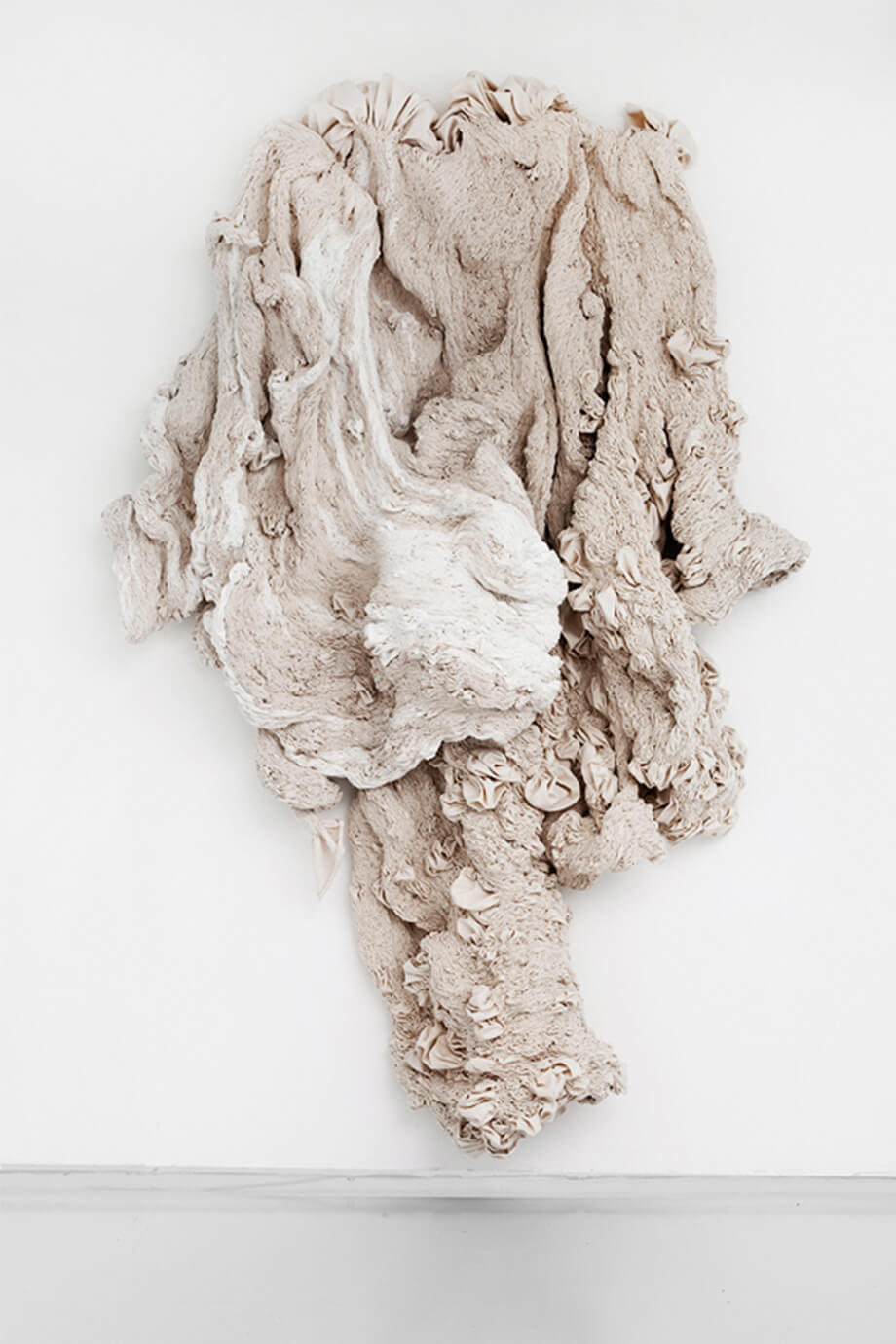



Images are not my own. Credit from left to right: Helen Sobiralski, Hanne Fries, Unknown artists (source: Pinterest), Hanne Fries, Helen Sobiralski.
